I was fortunate enough to be invited to the Kennedy Space Center (KSC) to see the final landing of Space Shuttle mission STS-135, capping off a 30 year program to explore space for the benefit of mankind.
There is a certain finality to this that defines an end of an era. Many have already written about the end of the Shuttle program and the implications for not only US manned space programs and its immediate impact on workers at NASA, but also the impact on worldwide space programs given the flexibility of the US Space Shuttle.
The nostalgia is ever present here as a flood of memories come back from a then 7 year old me watching the news reports of the first untethered flight of Shuttle Enterprise and being so excited to have a real, live spaceship in my future. I dreamed of traveling to space and seeing the moon and perhaps further. The emotions and excitement was incredible as the first true space capable Shuttle, STS-1 launched in 1981 and crushing when Space Shuttle Challenger, STS-51 exploded 73 seconds into flight. STS-51 was a transformative moment for many who remember precisely what they were doing and where when they heard. I was getting dressed in gym class when I heard the news of the explosion and ran home as fast as I could, skipping the rest of school for the day to watch incredulously as the news played the launch in endless loops.
The Shuttle program obviously recovered from that tragedy, but could not recover from short sighted planning on the part of the American government. The lack of a programatic followup to the Space Shuttle program on the part of the US is staggeringly myopic as we tend to forget what kinds of benefits come when government funds big science and all those advancements trickle down to the rest of humanity for everyones benefit.
Estimates for the total cost of the Space Shuttle program over 40 years range from ~$196 billion to $203 billion in current inflation adjusted dollars, but like most other investments in taxpayer funded science, the impact on the economy has been orders of magnitude greater. Digital cameras in everything from the cameras that I use to document images in Jonesblog to cell phones were direct decedents from the early digital cameras created for the space program in the Shuttle’s tenure. LED lights that are poised to take over for incandescent lights came out of the Shuttle program. Flexible sealants and adhesives used for the Shuttle program are found in everything from tennis shoes to plumbing fixtures and automobiles. Green lubricants and some of the earliest technology for more environmentally sustainable fuels came out of the Shuttle program not to mention all of the aerodynamics and fluid flow research derived from the Shuttle program that makes vehicles more efficient and race cars faster. There are almost countless other examples of technology or technology spin offs that were derived from the Shuttle program and I find it absolutely depressing to think that the next generation’s space programs will be mostly commercial. One might also argue that the US Space Shuttle program hastened the fall of the Soviet Union as the Communist government spent money it did not have on the Buran, a competing program to the US Space Shuttle.
My editorial is to say that we should be investing in *more* big science projects that will benefit the entirety of our society and all of humanity rather than simply turning these programs over to private corporations. The reality is that priorities we hold as a country are where we choose to invest our taxpayer dollars. Looking at a breakdown of the US federal budget shows that aside from Medicare, Medicaid and Social Security, our cultural priorities are defense with a whopping 20% of the federal budget or 20 times what we spend on the NIH and 38 times what we spend on NASA. If as a country, we were really invested in solving problems like cancer, diabetes, blindness, clean water, infectious diseases, education or building a manned moon base, we would be committing our taxpayer resources to these problems for the benefit of everyone.
These landing tracks were the predicted approach to KSC. Weather for the landing was close to perfect with few scattered clouds, 75F temperature and 7+ mile visibility. There was some concern from tropical storm Bret, but that system continued its move North East into the Atlantic and would prove no problem for the landing.
This was our view from the landing facility looking North towards the end of the runway where large lights were set up to illuminate the back side of the Shuttle as it landed. Unfortunately, there were trees to the North and to the South which only have a small window where we could see the Shuttle from our position. Shortly after this picture was made, the Shuttle flew overhead with the most amazingly loud and sharp sonic booms I’ve ever heard in my life. While I’ve heard many a sonic boom, these were decidedly different with one coming from the vertical stabilizer and the other coming from the large wings. The Shuttle is a big aircraft and creates a big shockwave as it transits from supersonic to subsonic speed. There were 4 things that surprised me about the landing… 1) It was dark… Much darker than I had planned for meaning I really had to push the ISO on the camera and any longer lens would not have helped. Getting closer with a faster lens is how the NASA photographers get some of those amazing images. 2) The Shuttle was much bigger than I expected. Its *huge*. 3) It was moving faster than I expected during landing. We could not see it at the end of the runway, but only as it broke the light beams and cast its shadow downrange. Very quickly after that, it appeared from behind the trees and the image at the top is the *only* decent frame I got out of the entire sequence. 4) The Shuttle was louder than I expected, sounding something like a powered aircraft when landing. The APUs also made a “huffing” sound that H described as a horse like sound.
The media presence at the landing was thick with much higher interest than initially thought. Thankfully, through the efforts of NASA Outreach Program Manager Beth Beck and NASA Social Media Manager Stephanie Schierholz I was able to attend one of the few NASA Tweetups and the only Tweetup of a Shuttle landing. Cameras, reporters and media trucks from all corners of the world were present. These sorts of media events are always a little thrilling with the different languages being spoken and live feeds going out all over the planet.
The “Mantis” was part of a large convoy that pulls up behind the Shuttle after landing and attaches itself to the Shuttle to vent gasses and run checks prior to towing the Shuttle into its processing hangar.
The sun was breaking and Alecia Johnson, also from Salt Lake it turns out and I decided to head out for breakfast before returning to explore Kennedy Space Center some more and take the tour of the grounds. I also managed to come back the next day to explore a bit more before heading out to catch my flight home. One of the amazing things for me about Kennedy Space Center is that is it also a wildlife refuge with an amazing diversity of bird and aquatic life. Seeing the first wild manatee of my life was as exciting as seeing the Shuttle land.
Driving around KSC in the light of day and seeing the runway where Atlantis landed the previous morning was a real eye opener. In addition to the aforementioned wildlife refuge, the Cape has launch sites, vehicle recovery and processing facilities distributed over a huge amount of property with additional adjacent US Air Force facilities where many defense satellites are launched into orbit. It really was a historical ride back in time being able to see Launchpad 39 and some of the other facilities, though I really would have like to have seen some more of the older abandoned launch facilities on the Cape. In addition to the scope of facilities on the Cape, the size of some of them are truly stunning. Its hard for instance to relate in pictures how *big* the Vehicle Assembly Building is. It truly is a monstrous building with a history that goes back to the Saturn V program.
If you get a chance and are in the area, while it is more “touristy”, you really owe it to yourself to go visit the KSC Visitors Center. There are amazing historical re-creations of the Apollo launch command center, where they simulate the original Saturn V launch by replaying the launch sequence audio while illuminating stations in the command center where the dialogue originated.
After the launch simulation, you exit into a portion of the exhibit that contains a beautifully preserved Saturn V rocket lying on its side with all stages and one of my favorite spacecraft, the Apollo Landing Module giving you some perspective of how big these rockets were. Again, difficult to represent in a couple of photographs without more planning, but take my word for it. They are sizable and enormously complex machines.
Examples of some of the early prototype EVA spacesuits and artifacts from the manned space program were present reminding you of how intimately intertwined science fiction and fact are. The earliest EVA prototypes really did resemble something out of The Day The Earth Stood Still or any one of hundreds of Sci-Fi movies from the 50s, 60s or 70s.
However, my favorite artifacts were the notes and documents of the early manned space program. While there is something special about the spacesuits, there is a certain intimacy and reality behind the hand written documentation and notes on mission cards that really brings home that this was a *manned* space program where people left the atmosphere of Earth to venture forth, pushing the boundaries for the benefit of all mankind. One of the artifacts, the GO/NOGO card for landing on the moon even had moon dust left on it from the return trip of Apollo 15.
My fervent hope is that we will see a resurgence of manned space exploration in the near future that parallels unmanned exploration of our local neighborhood.
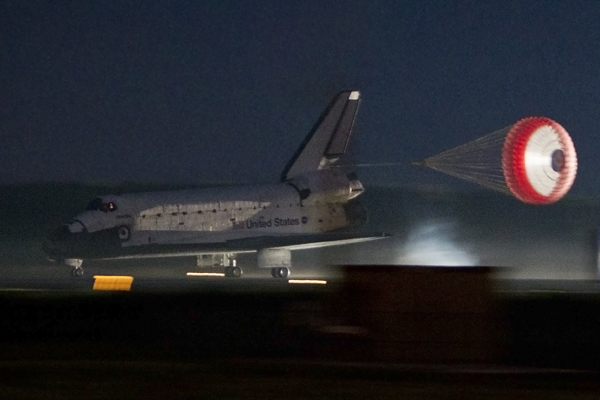

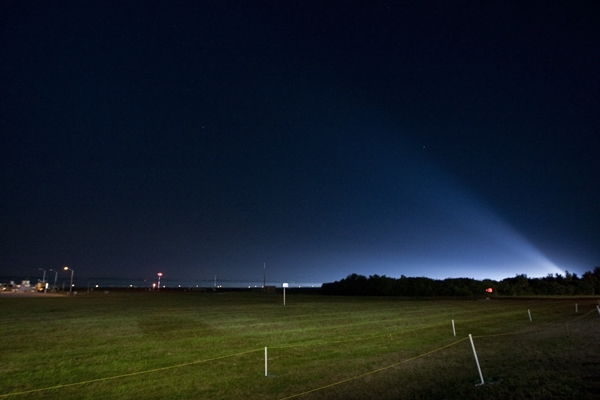
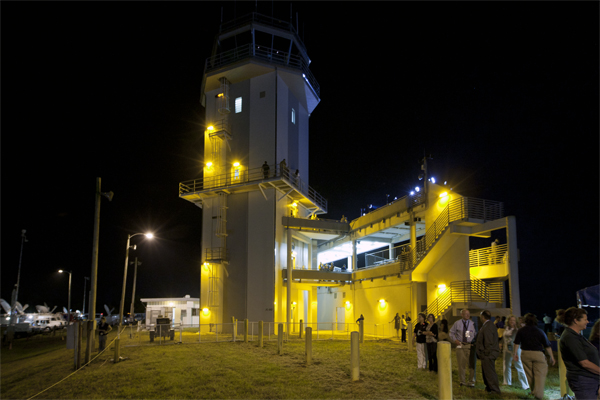
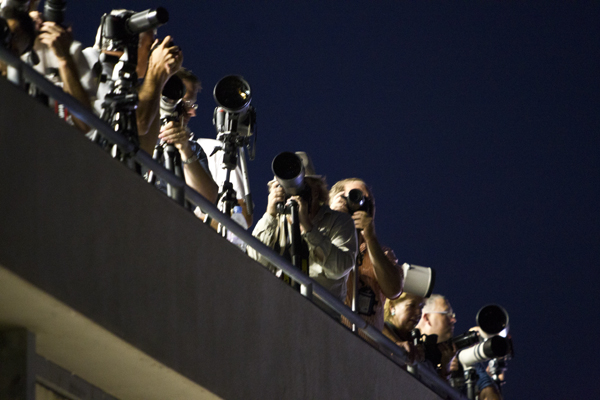
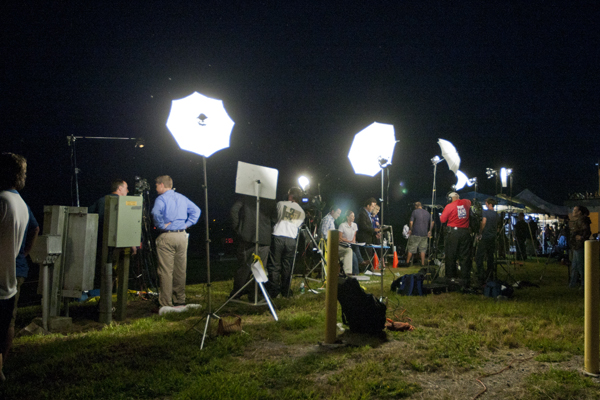

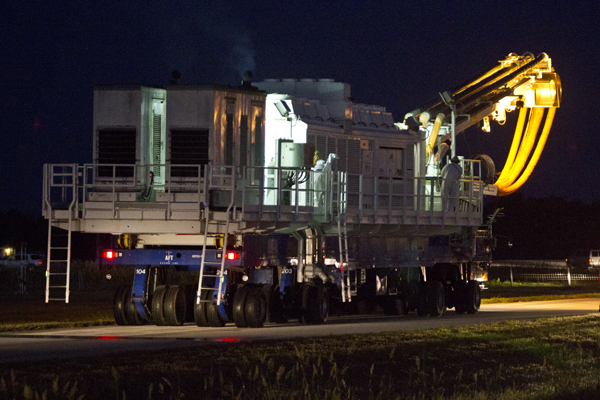
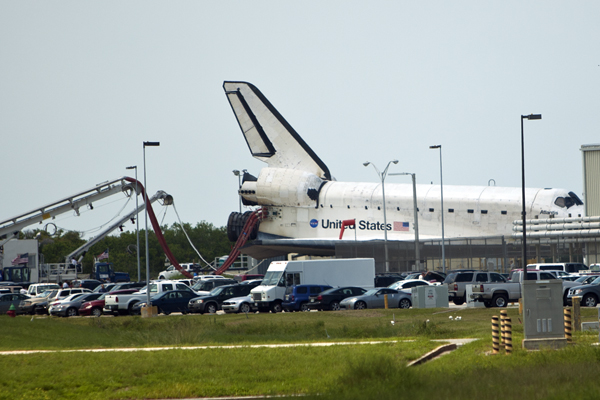
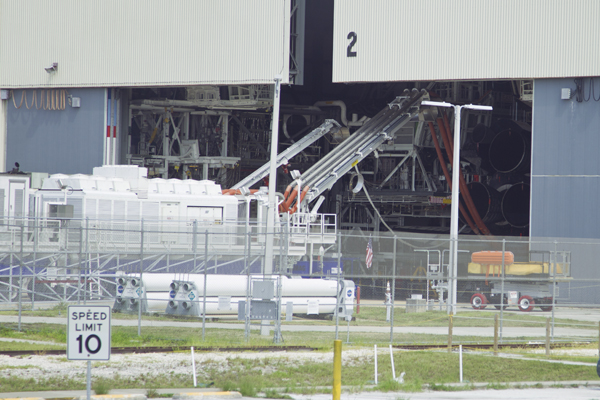

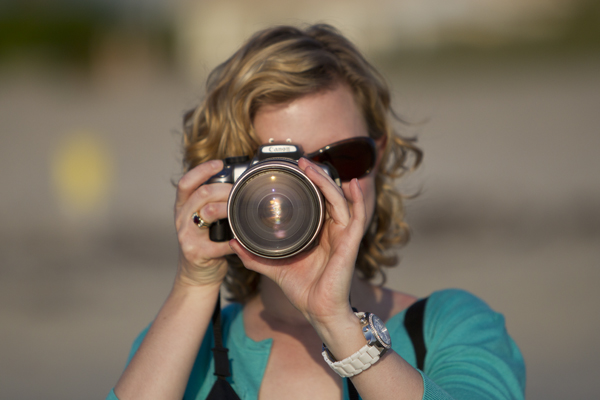
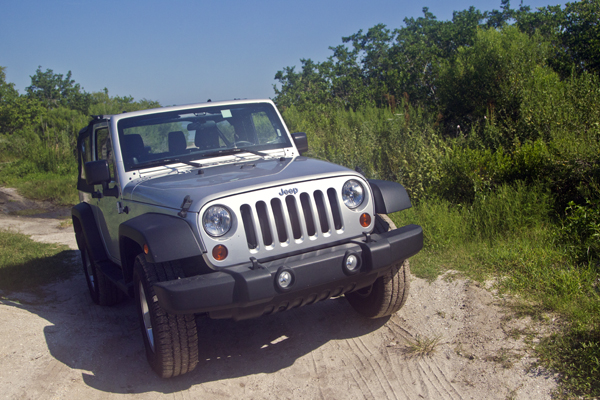
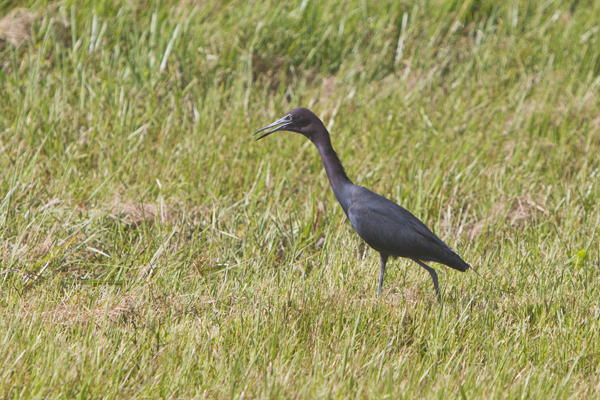
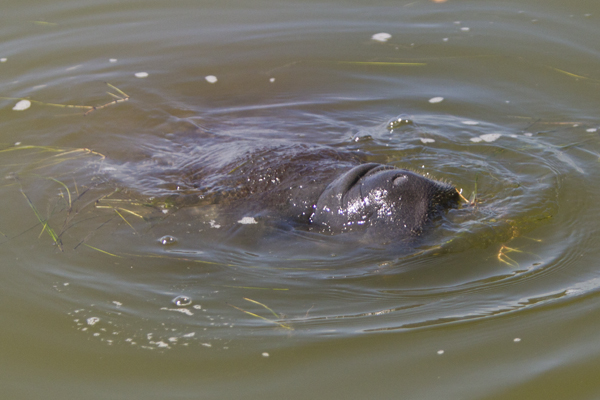
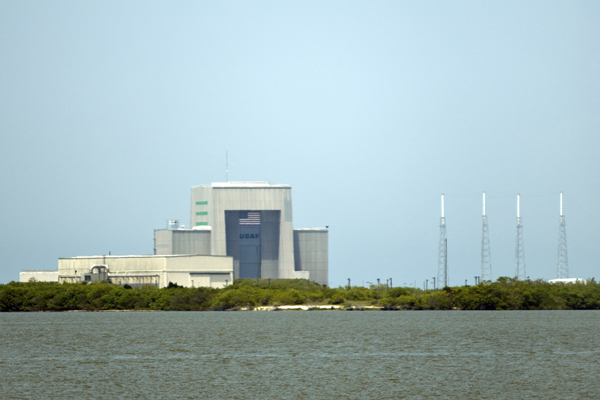
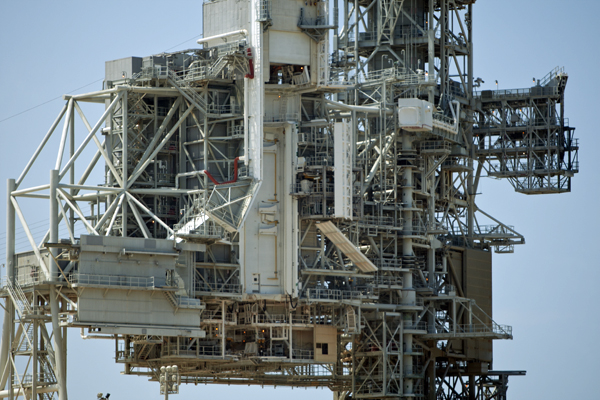

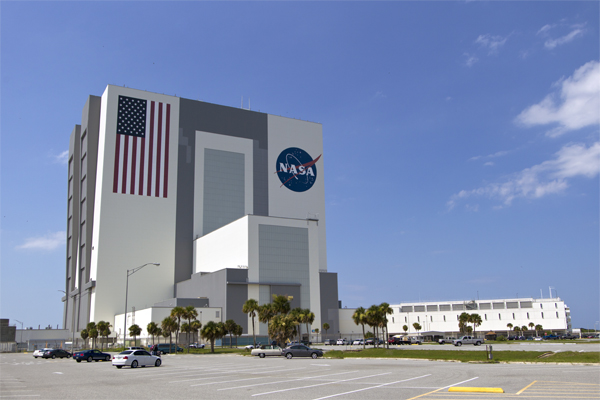
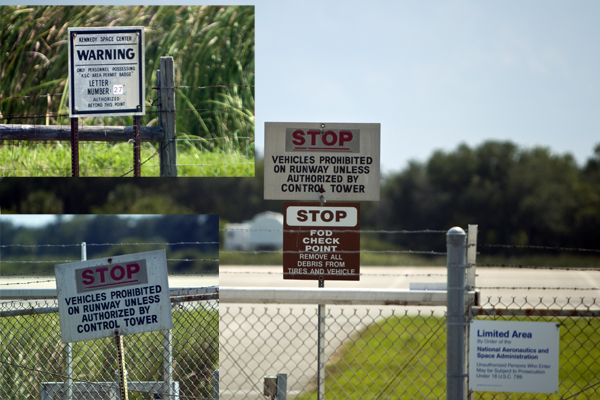
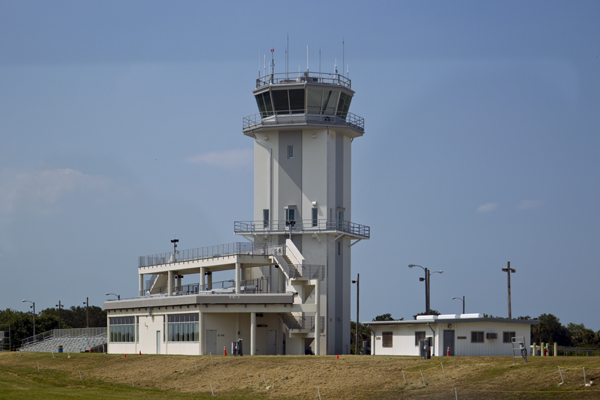
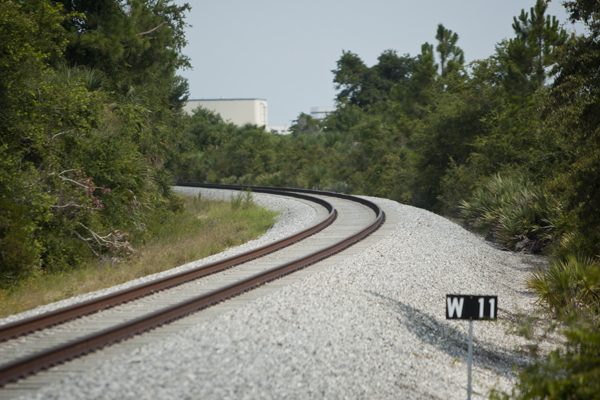
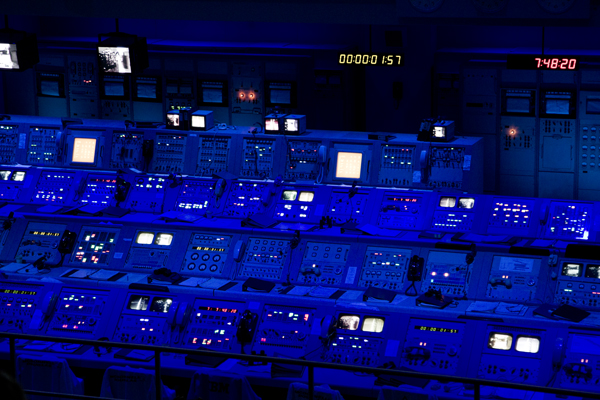
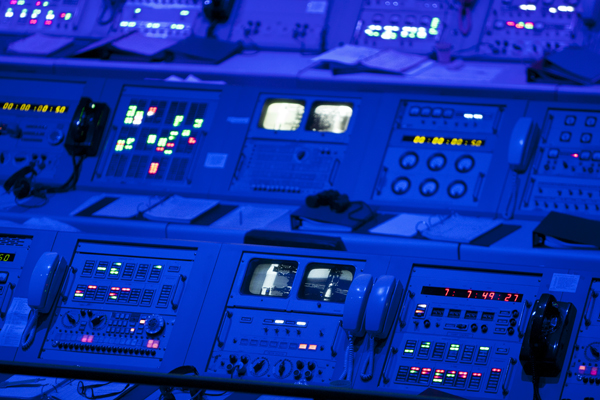
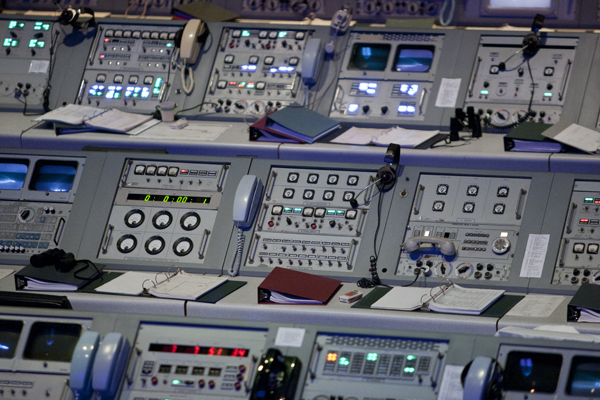
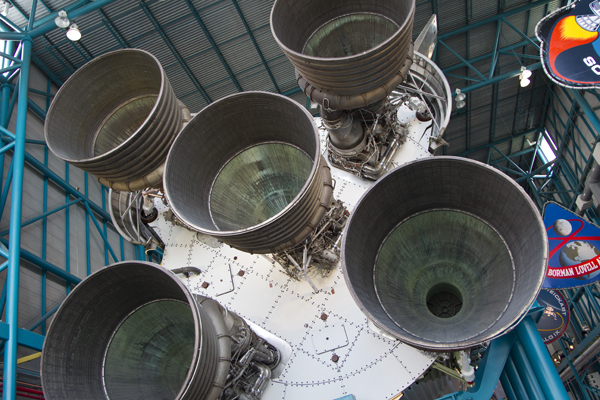
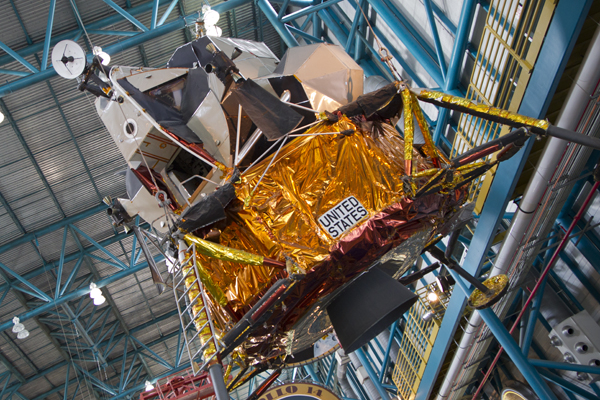
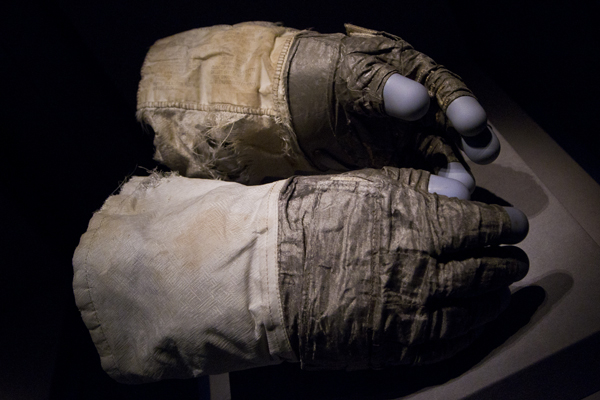
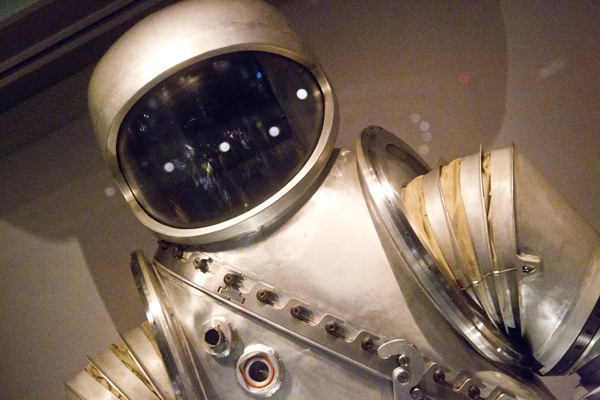
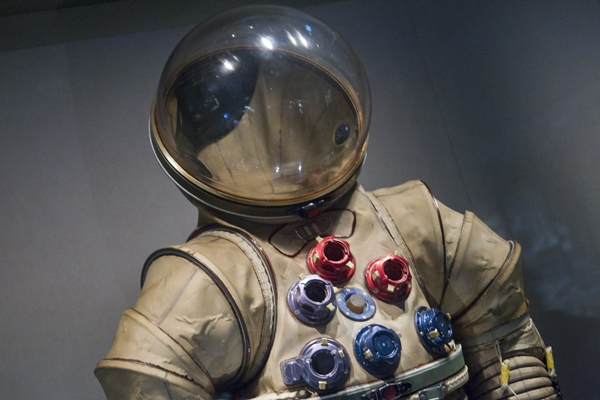
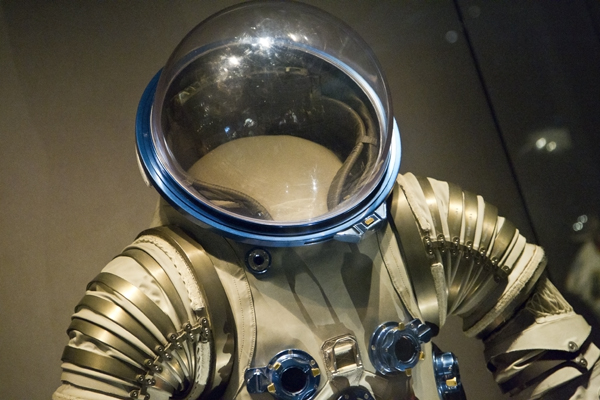
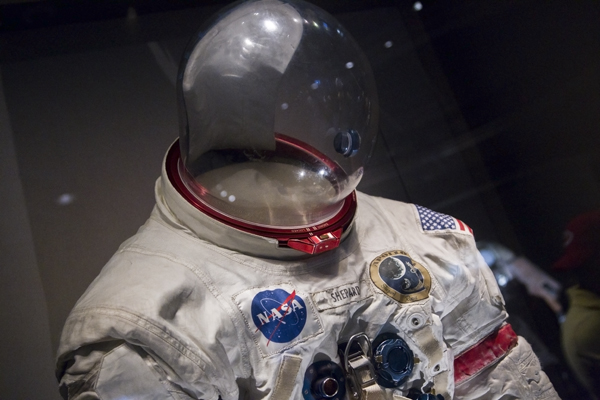

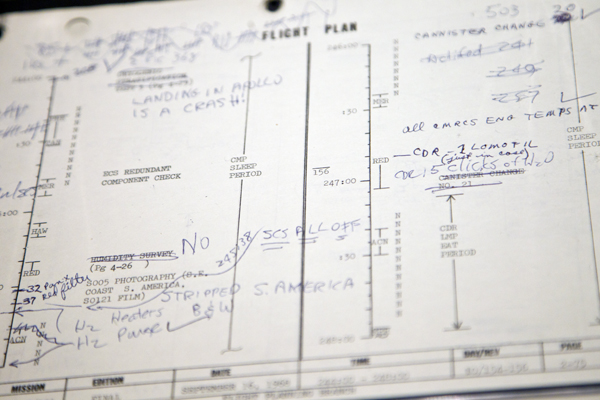
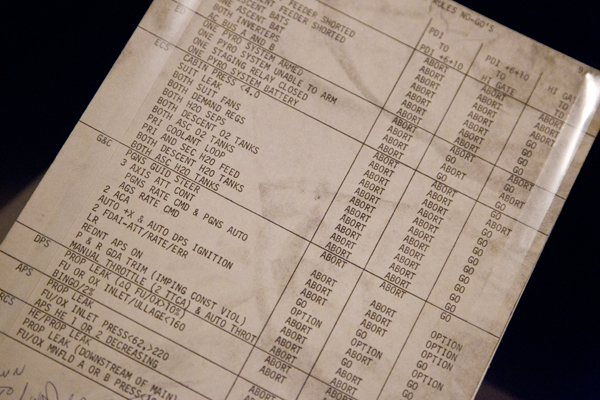
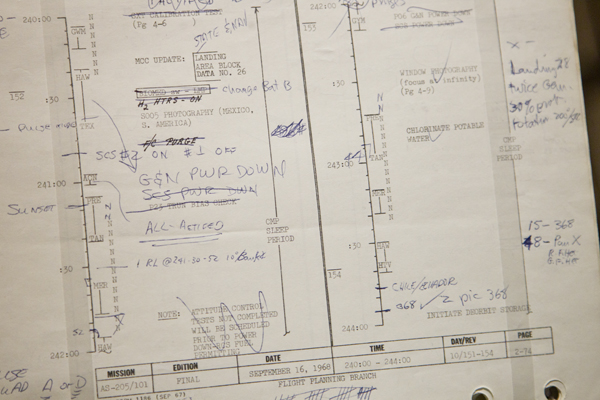
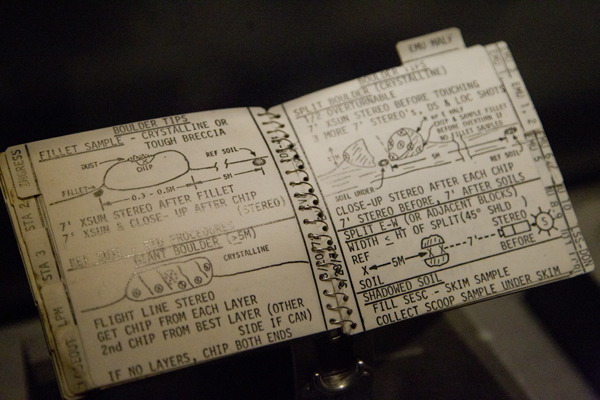
It’s sad to see the shuttle retire, but the transition is also an opportunity.
Woods Hole doesn’t build large surface ships. Building the ship to get the science payloads and crew to the destination would be a distraction from the scientific mission. Instead, they focus their effort on taking the next step beyond where commercial vehicles can take them.
Forty years ago, NASA needed to build its own launcher to get into orbit. That’s no longer the case. Getting from the surface to low Earth orbit is no longer the next step in progress; it’s now the previous step.
Freeing NASA from trying to build yet another launcher – that Congress thinks is a jobs program – is a great step forward. They’ll be able to get a lot more actual science for the money, and will be free to develop capabilities (like on-orbit assembly and refueling) that are vital to getting humans beyond the moon.
That is the hope. There is still *lots* of activity going on at KSC and one hopes that this country continues to invest in its future by funding big science and exploration.
An amazing image from an amazing imager.
Breathtaking!
Thanks Paula!
Nice post Bryan. Great capture in challenging conditions!
Along the same lines: http://www.extremetech.com/extreme/89502-why-we-need-a-space-program.
Thanks for the comment and the link Mike. That is a good read indeed and yet another set of examples that illustrate why the space program is so important.
Either you know how to take picturz good or you have a magic camera.
I have sadness great just like the day they announced the abandoning Skylab. I was convinced we’d never get back out there.
I was born before the space program and I am hoping to see humans on Mars before I die.
Tell your kids to keep looking up.
Yeah, I remember when they deorbited Skylab. It generated great anxiety in me that the real space station was being abandoned.
Great pics! Thank you so much for sharing and giving such a great insight to not just the landing but to the Space Center as well.
The assembly building looks so large in contrast to the cars that the cars almost look CGI :-) And the focus on the curve of train tracks makes it look like it’s from a model railroad. I know neither one is actually anything but authentic, just kind of a cool effect IMHO.
Your words about Big Science are also dead on accurate. It is sad that we’ve allowed a vocal minority hijack our country’s progress in the name of Religion. The Shuttle Program is far cheaper than the needless wars we’ve been fighting, and far more positive.
Thanks man.
I had some other shots of an eagle flying up against the VAB to try and illustrate a sense of scale, but it turned out to be a tiny spot. I’ll have to see if I can do anything conceptually with that. The rail looks like a model railroad because I used an aperture wide open that slightly blurred the fore and back ground kinda like the tilt shift effect.
Great shots. Almost full circle for me. In 1966, as a junior/senior in college, I visited the Cape on a NASA program. Preparations for the 3rd launch of the Saturn 1B were underway. That was about 6 months before Gus Grissom, Ed White and Roger Chaffee died in the Apollo 1 capsule fire on Jan 27, 1967. Also visited Grumman in Bethpage, LI, where they were building the LEM, an amazingly fragile piece of exotic engineering at the time.
Hopefully, the country will get back on track with the space program, but NASA needs to do a better job of educating the public… something they were good at in the ’60s.
There are only two shuttle launches I watched live on TV (sadly never saw one really live, as in actually being there) – the very first in 1981 and the very last in 2011. I’ve seen other ones too, but all after the event.
I did see the Shuttle come back once, at least its high altitude part near Houston. Three of us flew a Cessna 172 to the north side of Houston where it would be best, and up to 10,000 feet, above all the haze of Houston. It was night. It left a glowing trail from horizon to horizon. It was funny to think the astronauts had already landed in Florida and were probably already halfway through a coffee over 1000 miles away, while we were just approaching Houston Gulf only 45 miles from where we’d watched the Shuttle fly over. (Sadly, Houston Gulf – originally called “Spaceland” due to its proximity to mission control – less than 5 miles away – is now just another identikit McMansion housing development).
Thanks to the internet and 3G networking I could watch the last docking of the Shuttle to the ISS while at the glider club, in the middle of the countryside, a mile away from the nearest electrical outlet. Again, thanks to 3G networking and my iPhone I could watch the landing while on a bus halfway between Madrid and Bilbao. (It also struck me the amount of noise the shuttle made which was clearly audible, but not entirely unexpected – most the noise from a commercial airliner as it goes over the fence on final approach is just the air over the airframe, very little noise is from the engines which are by then at idle).